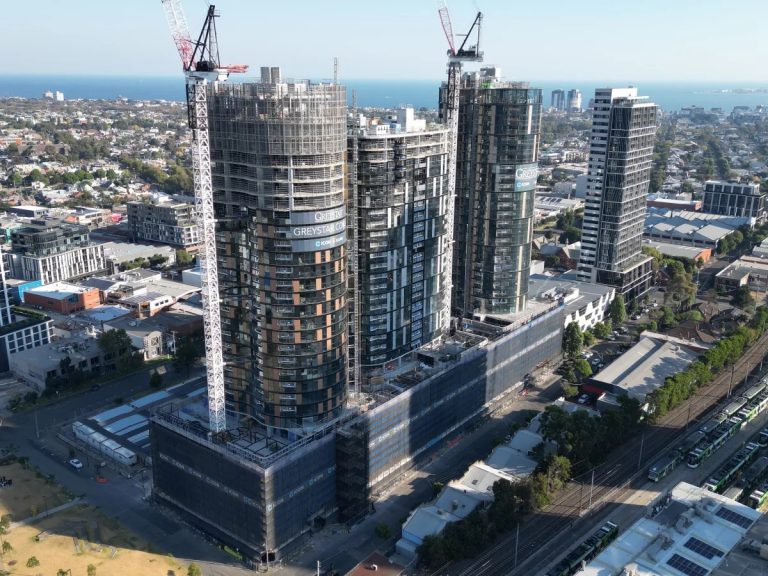Commercial property tax depreciation schedules explained

The concept of commercial property depreciation is simple enough – it’s a tax deduction for wear and tear – but claiming it can be complicated.
That’s where a tax depreciation schedule comes in.
Compensation for wear and tear, tax depreciation is essentially just a tax deduction used to reduce the overall tax paid by a business owner. And a tax depreciation schedule is a document used to keep track of what is claimed and when.
What is a tax depreciation schedule?
A tax depreciation schedule keeps track of commercial property depreciation. It sets out how much depreciation can be claimed on a property every year, including not just the building itself, but all the other items that lose value over time.
If prepared properly, a tax depreciation schedule can save commercial property owners thousands of dollars. It’s generally a more effective tax-saving method than depreciating an entire property at a set percentage, which is what some accountants do.

Commercial investors can claim depreciation on certain items within the building, as well as the building itself. Picture: Venveo/Unsplash
What can tax depreciation be applied to?
Braden Johnston, director of financial planning firm Rising Tide, says a property is no different to any other business asset which depreciates.
It’s just that the maths of depreciating a property over time is a bit more tricky than depreciating, for example, a single vehicle.
Depending on the age and type of property, the building’s structure can be depreciated either at 2.5 per cent per year or 4 per cent per year. But there are also dozens of items in a building, referred to as depreciating assets, which can be depreciated much more quickly.
“Air-conditioning, floor coverings, window furnishing, fire services, hot water units etc all depreciate quickly. If the owner of the property is a small business, they may be entitled to write many of these items off immediately in full – 100 per cent is much better than 2.5 per cent over 40 years” Johnston says.
That’s what makes commercial property depreciation so important.
Should a 2.5% tax depreciation rate be applied to everything?
In short, no.
Johnston says some accountants will depreciate an entire property at 2.5 per cent per year, but it’s “lazy and results in a much reduced deduction”.
Instead, a schedule from a dedicated fee-for-service tax depreciation company will list the commercial property depreciation on the building and all its assets, depreciated individually according to their value and “determined effective life”, which is set by the Australian Tax Office (www.ato.gov.au/Business/Depreciation-and-capital-expenses-and-allowances).
This method generally leads to a much larger deduction and, therefore, greater tax savings than one in which the commercial property owner or accountant applied 2.5 per cent depreciation across the board.
What’s more, because depreciation is tied to income tax, each state follows the same depreciation rules.

To maximise deductions, accountants should depreciate each item individually, in accordance with its specific “effective life”. Picture: Marcin Kempa/Unsplash
Real-world commercial property depreciation example
Johnston uses the example of buying a recently-built warehouse in a small complex for $500,000 to explain how tax depreciation is calculated.
“The building might have cost $350,000 to build, so that is our starting point. Of that $350,000, let’s say $330,000 is building. At 2.5 per cent, that is $8,250 per year,” he says.
Then there is the $20,000 worth of assets. Around 80 per cent of those assets can be claimed over the first five years. So, the total commercial property depreciation claim, assuming the first year is close to a full tax year, could be around $12,000.
Over the first five years of ownership, the cumulative total will be over $55,000.
For more information about commercial property depreciation, speak to your financial advisor or accountant.







